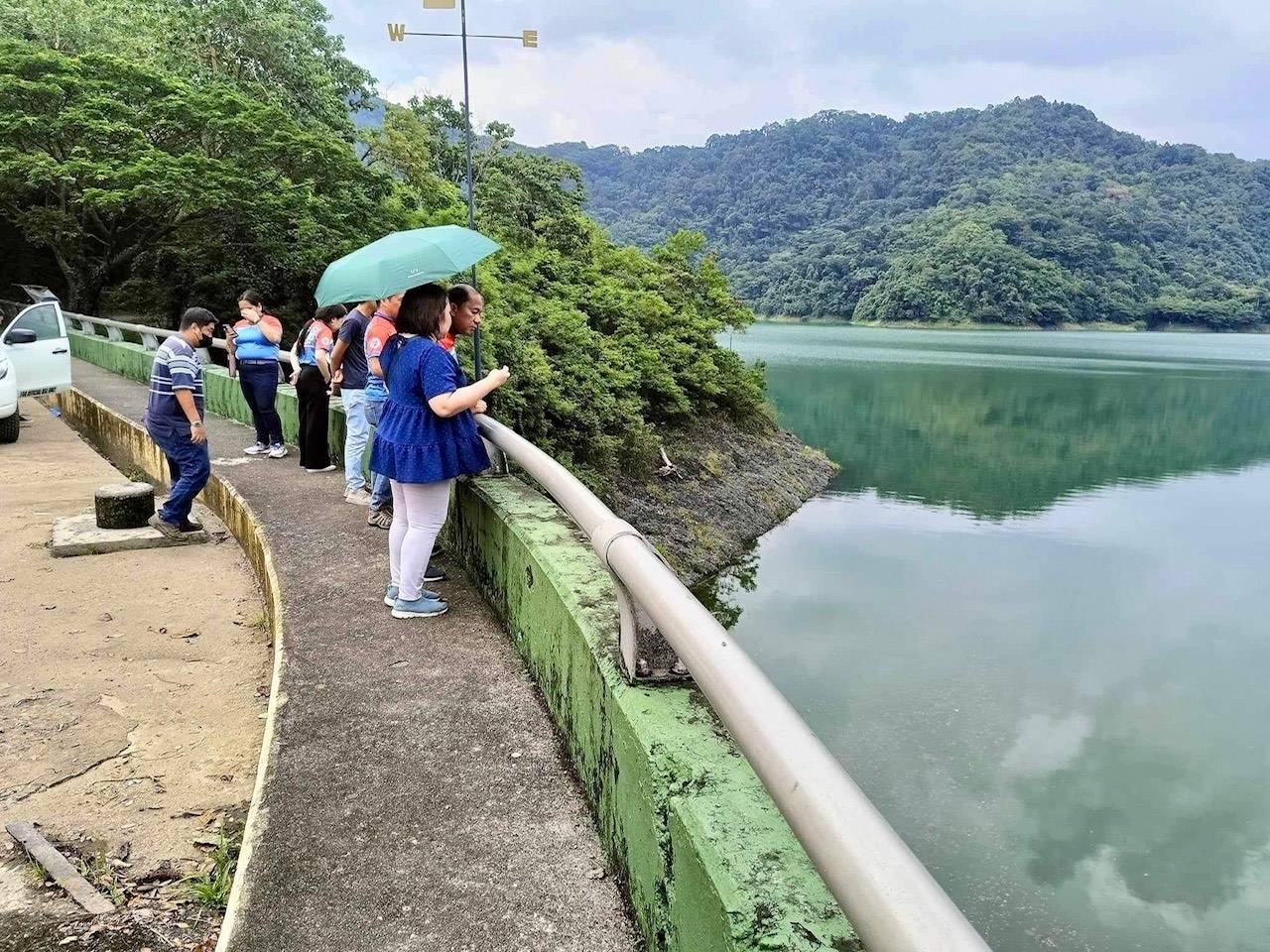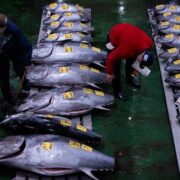Angat Dam, other water sources drying up due to lack of rainfall

CITY OF MALOLOS—Due to the prolonged drought and dry spells accompanying the El Niño weather phenomenon, many key sources of tap water in some parts of Luzon continue to dwindle, threatening the supply to households.
In Bulacan province, the lack of rainfall, particularly over the nearby Sierra Madre mountain ranges, could further decrease the level of Angat Dam to as low as 180 meters above sea level (masl) by mid-May.
As of Monday, the dam’s level stood at 185.65 masl, significantly below its normal high water level of 212 masl, according to Bulacan Provincial Disaster Risk Reduction Management Office (PDRRMO) records.
The dam has been decreasing by about a meter per day, with levels recorded at 190.07 masl on April 25, 188.93 masl on April 30, 187.13 masl on May 2 and 186.31 masl on May 4, based on the PDRRMO data.
Situated in Barangay San Lorenzo in Norzagaray town and Doña Remedios Trinidad town, Angat Dam serves as a critical water source. The reservoir supplies 97 percent of the water demands for Metro Manila and provides irrigation for farmers in Bulacan and Pampanga.
Heat index
According to Manuel Lukban, chief of Bulacan PDRRMO, this week’s heat index in Bulacan could range from 38 to 42 degrees Celsius.

The Philippine Atmospheric, Geophysical and Astronomical Services Administration (Pagasa) classifies a heat index as dangerous when it ranges from 42 C to 51 C.
On Monday, Pagasa’s heat index advisory reported that Metro Manila experienced a heat index of 41 to 42 C while Dagupan City and Aparri, Cagayan, recorded the highest heat index at 47 C.
The highest heat index was registered at 53 C in Iba, Zambales, on April 28 and 46 C in Pasay City on April 24.
Heat index refers to the degree of discomfort felt by a person due to the combined effects of humidity and air temperature.
Shortage
In Olongapo City, residents have already been warned since last month of a water shortage as the level of sources in the city has gone to a critical mark due to the persisting extreme heat being experienced in the country.
In its El Niño bulletin on Sunday, the city’s water concessionaire, Subic Water, said the data from its facilities indicated critical levels in the river flows.
“We reiterate the distressing impacts of the El Niño weather phenomenon that we are already going through, particularly in terms of our water sources,” Subic Water said.
It said that recent data showed a “significant reduction in stream flows—our primary indicator of supply from water sources—when compared to the same period last year.”
As of the last week of April, Subic Water said the stream flow from its source inside the Subic Bay Freeport was already 34.28 percent lower than that of the same period last year. The stream flow from its sources in this city has also dwindled, reflecting about 20 percent lower than that of the same period in 2023.
Pressure adjustments
Subic Water said the monitoring report of its Water Supply and Treatment Operations Team showed that the water level of the Sta. Rita River intake dropped from 3 feet and 6 inches to 2 feet and 9 inches from April 19 to April 29. It was already nearing the critical level of 2 feet and 7 inches, it added.
“To manage the supply of our sources, we will be implementing necessary pressure adjustments in our treatment facilities. As such, low pressure and no supply will be experienced in some portions of the city,” the water firm said.
Immediately affected by the low pressure of the water supply are the villages of West Bajac-Bajac, Sta. Rita, lower Mabayuan, lower Kalaklan and portions of East Bajac-Bajac.
“We apologize for any inconvenience this may cause, but rest assured, we will continue to work on strategically managing the water supply until the onset of the rainy season,” Subic Water said.
On April 17, the city government began the water ration in Barangay New Cabalan with the help of the local Disaster Risk Reduction and Management Office. The free water ration will be available every other day amid the low water pressure in the area.
On Monday, the heat index in the city peaked at the dangerous level of 42 C.
Tree planting
In Iloilo, where potable water is now being rationed to localities amid a severe drop in supply, Gov. Arthur Defensor Jr. has zeroed in on a key strategy to improve groundwater sources: Tree planting.
Maintaining the existing trees as well as planting new ones may be able to help hold groundwater and ease high temperatures.
“We should intensify our environmental activities so that we may be able to sustain groundwater in the next few years. We have to go back to our trees in the fields, and find other ways to sustain groundwater,” said Defensor in a radio interview on Monday.
The governor also expressed openness to different firms that may be able to give renewable energy solutions, as the province has been badly affected by power outages since last year.
The Iloilo Provincial Disaster Risk Reduction and Management Council, on April 29, recommended a declaration of a state of calamity over the province, citing a P1.025-billion damage to agriculture due to the extreme heat.
The provincial government has yet to act on the recommendation but the towns of Sara, Estancia and Bingawan were already officially placed under a state of calamity as of May 5. —WITH A REPORT FROM JOEY MARZAN

















